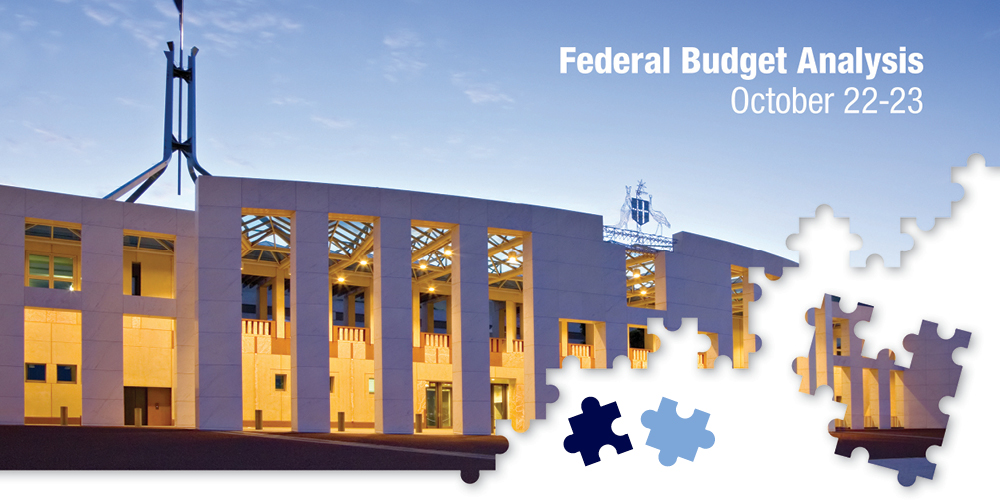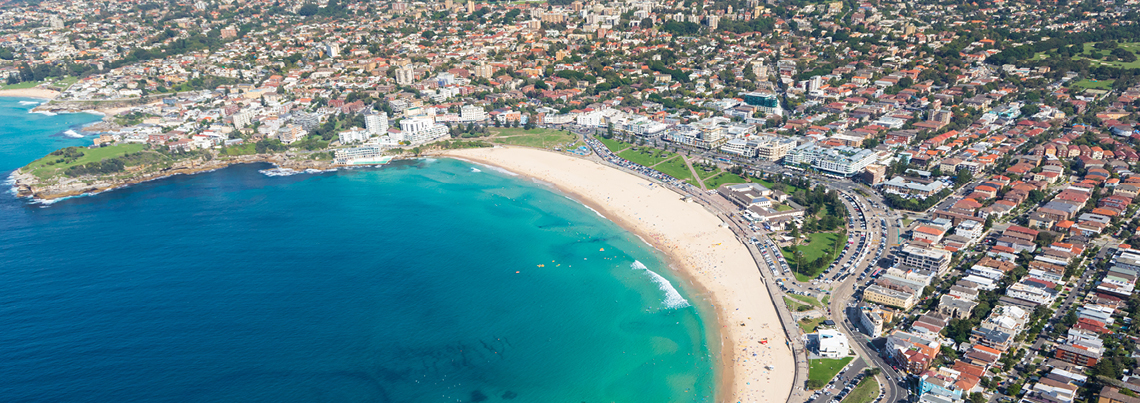Budget October 2022: sign of the times
In his first Budget, Treasurer Jim Chalmers emphasised the three Rs – responsible budget repair and restrained spending, right for the times.
For good measure, resilience also got a mention with spending targeted at building a more modern economy to deal with the challenges ahead.
This is the first budget from a federal Labor government in almost a decade, barely five months since Labor was elected and seven months since the Coalition’s pre-election budget in March, so it was bound to be a little different. The Treasurer used the opportunity to update the shifting economic sands and reset spending priorities to align with the new government’s policy agenda.
For Australians wondering what the Albanese Labor government will mean for them and their family, this is the first piece of a puzzle that will be completed over the next three years.
The big picture
The Labor government has inherited an improving bottom line, with the deficit for 2022-23 expected to come in at $36.9 billion, an improvement of more than $40 billion on the pre-election forecast. This was due to high commodity prices for our exports and higher tax receipts from a strong labour market and robust corporate profits.
The deficits of $224.7 billion previously forecast for the next four years have shrunk to $182 billion. The difference of around $40 billion will go towards funding the government’s election promises and budget repair.
Labor has also found $22 billion in savings by cancelling or redirecting programs planned by the previous Coalition government, and a further $3.6 billion in cuts to external consultants, marketing, travel and legal expenses. Savings will also come from clamping down on tax avoidance by individuals and foreign corporations.
But as the Treasurer is fond of saying, storm clouds are looming, and he singled out inflation as the biggest challenge.
Economic challenges ahead
Inflation is forecast to peak at 7.75% by year’s end, before returning to 3.5% in 2023-24. Despite low unemployment currently at 3.75% it is tipped to rise to 4.5% by 2023-24, the surge in inflation means wages are unlikely to grow in real terms until 2024 at the earliest. Wages growth is forecast to be 3.75% in 2023-24, overtaking inflation of 3.5%.
With more interest rate hikes expected to tame inflation, debt is also set to climb from $895.3 billion last financial year to a forecast $927 billion in 2022-23 and upwards over the forward estimates.
With global economic headwinds building to gale force, Australia’s economic growth is expected to slow as cost-of-living pressures bite into household budgets.
While Dr Chalmers does not expect Australia to slide into recession like many of our trading partners, economic growth is already slowing. Real gross domestic product (GDP) is forecast to be 3.25% in 2022-23, down from 3.9% last financial year, and 1.5% in 2023-24, 1 percentage point lower than predicted in the March Budget.
Support for families
Childcare and improved parental leave are a priority area for the new government, in an effort to support families, reduce cost-of-living pressures and improve women’s workforce participation.
Already, $4.7 billion has been earmarked for childcare over the next four years, with families earning less than $530,000 to receive extra childcare subsidies from 1 July 2023. An extension of paid parental leave from the current 18 weeks to 26 weeks is also set to be phased in from next July, so neither initiative will add to the current Budget.
Health and aged care
Pressures on the federal health and aged care budget are mounting in the wake of COVID and an $8.8 billion blowout in the NDIS budget which will reach $166.4 billion over four years. An extra 380 staff will be hired at a cost of $158.2 million to speed up claims and make the system more efficient.
$750 million will be spent strengthening Medicare and $235 million over four years to roll out Urgent Care Clinics to reduce pressure on public hospitals.
Following revelations from the Aged Care Royal Commission and lessons learned during the pandemic, the government has pledged to fund an increase in aged care workers’ wages.
And the cost of subsidised prescription medications will be cut from $42.50 to $30 from January 1, at a cost of $756 million over four years.
More affordable housing
A centrepiece of the Budget to improve housing affordability and chronic shortages is a new Housing Accord to build 1 million new houses in five years beginning in 2024.
The new $10 billion Housing Australia Future Fund will provide a sustainable funding source to increase housing supply, including 20,000 new social housing dwellings, 4,000 of which will be allocated to women and children impacted by family and domestic violence and older women at risk of homelessness.
The plan paves the way for significant public and private investment in new housing across the country, following an historic agreement between the federal government, the states and private investors including superannuation funds.
Jobs, skills and education
Federal, state and territory governments have committed to a $1 billion one-year agreement to deliver 180,000 fee-free TAFE and community-based vocational education places from January 2023. Support will be targeted to priority groups, including First Nations people, and priority areas such as care sectors.
The government will also create 20,000 more subsidised university places over 2023 and 2024. The initiative will be targeted at disadvantaged groups to study courses where there are skills shortages.
Nation building and future-proofing
As part of its budget review, the government will ‘’realign” $6.5 billion of existing infrastructure spending. It will spend $8.1 billion on key infrastructure projects including the Suburban Rail Loop East in Melbourne, the Bruce Highway and other important freight highways.
The government has also committed to at least $40 billion in new borrowing to set up funds and companies to invest in policy promises. These include the $20 billion Rewiring the Nation Corporation to invest in the electricity grid, $15 billion National Reconstruction Fund for local manufacturing and the $10 billion Housing Australia Future Fund to invest in social housing.
In an acknowledgement of the increased frequency and severity of natural disaster, up to $200 million per year will be set aside for disaster prevention and resilience.
Climate change
A more comprehensive approach to climate change is also back on the agenda, with total climate-related spending of $24.9 billion over 2022-23.
As many of the nation’s largest emitters are in regional areas, the government will establish a $1.9 billion Powering the Regions Fund to help transition regional industries to net zero. And $345 million will be made available to increase uptake of electric vehicles.
Superannuation, pensioners and tax
What’s not in the Budget is also important. There was little new spending to help retirees and welfare recipients, but pensions and payments will increase due to indexation.
As previously announced, the amount Age Pensioners can earn before they begin to lose pension entitlements will temporarily increase from $7,800 to $11,800 this financial year.
While most superannuation fund members will welcome the lack of tinkering to the super rules, the investment potential of the new affordable housing initiatives should provide a valuable source of income to super funds and their members.
Women’s safety
The Treasurer pledged a record investment of $1.7 billion to support implementation of the new National Plan to End Violence Against Women and Children. This will include funding for 500 new frontline service and community workers to support women in crisis.
The Government is also legislating 10 days of paid family and domestic violence leave for all types of employees.
Looking ahead
The next 12 months are likely to be challenging for the economy and for households trying to budget for rising prices and interest rates, including higher mortgage repayments, at a time when home values are falling and real wages are going backwards.
The Treasurer has tried to walk a fine line between budget repair and responsible spending with long-term economic benefits for individuals and the nation.
Coming just months after the federal election, this Budget should be seen as laying the groundwork for the three Budgets to follow.
Information in this article has been sourced from the Budget Speech 2022-23 and Federal Budget Support documents.
It is important to note that the policies outlined in this publication are yet to be passed as legislation and therefore may be subject to change.
This Newsletter provides general information only. The content does not take into account your personal objectives, financial situation or needs. You should consider taking financial advice tailored to your personal circumstances. We have representatives that are authorised to provide personal financial advice. Please see our website https://superevo.net.au or call 02 9098 5055 for more information on our available services.





